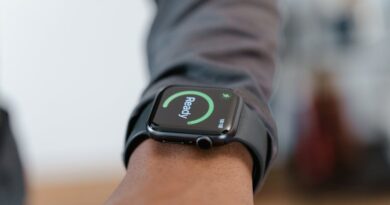Tracking Your Sleep with Wearable Devices
Have you ever wondered how well you really sleep? With the rise of wearable devices, tracking your sleep has never been easier. These gadgets can tell you everything from how long you sleep to how restful it is. But what exactly can they do? Let’s dive into the world of sleep tracking!
What Are Wearable Sleep Trackers?
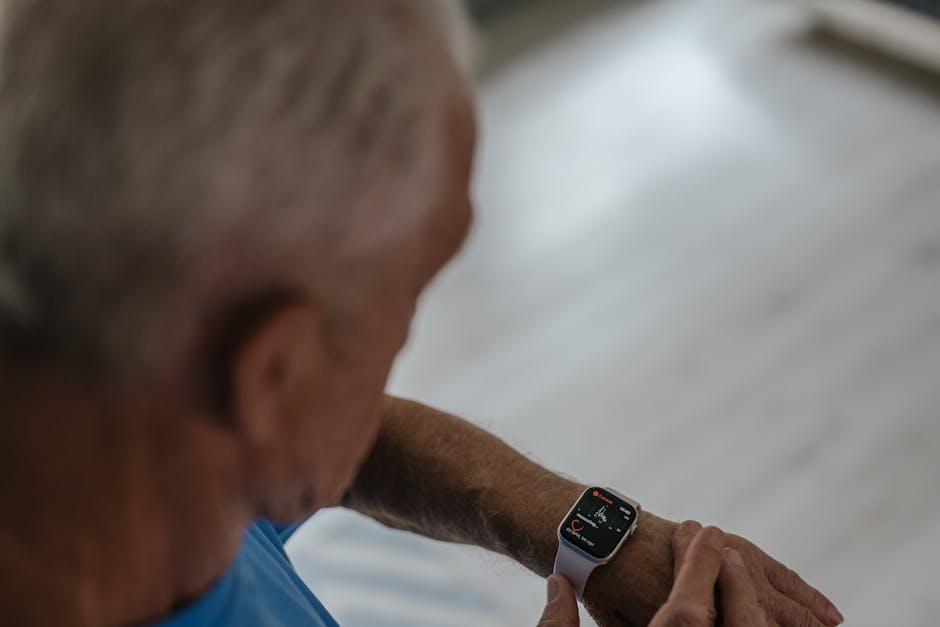
Wearable sleep trackers are devices like smartwatches, fitness bands, or even rings that monitor your sleep patterns. They often come equipped with sensors to track movements and heart rate while you sleep.
These devices can help you understand your sleep cycles better. They can tell you how much time you spend in light sleep, deep sleep, and REM sleep. Knowing this can help you improve your overall sleep quality.
Why Should You Track Your Sleep?
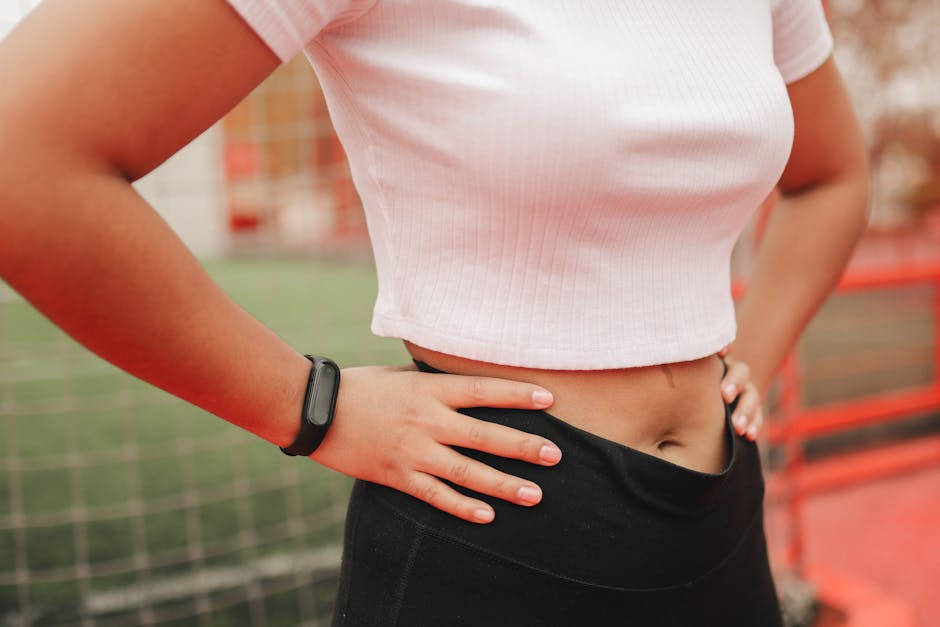
Tracking your sleep can lead to better health. Poor sleep can affect your mood, energy, and productivity. Research shows that adults need about 7-9 hours of sleep per night for optimal health.
Here are some reasons why tracking your sleep is beneficial:
- Identify sleep patterns
- Understand sleep disturbances
- Improve your sleep hygiene
- Monitor overall health
By understanding your sleep habits, you can make changes to improve your overall well-being.
How Do Wearable Devices Work?
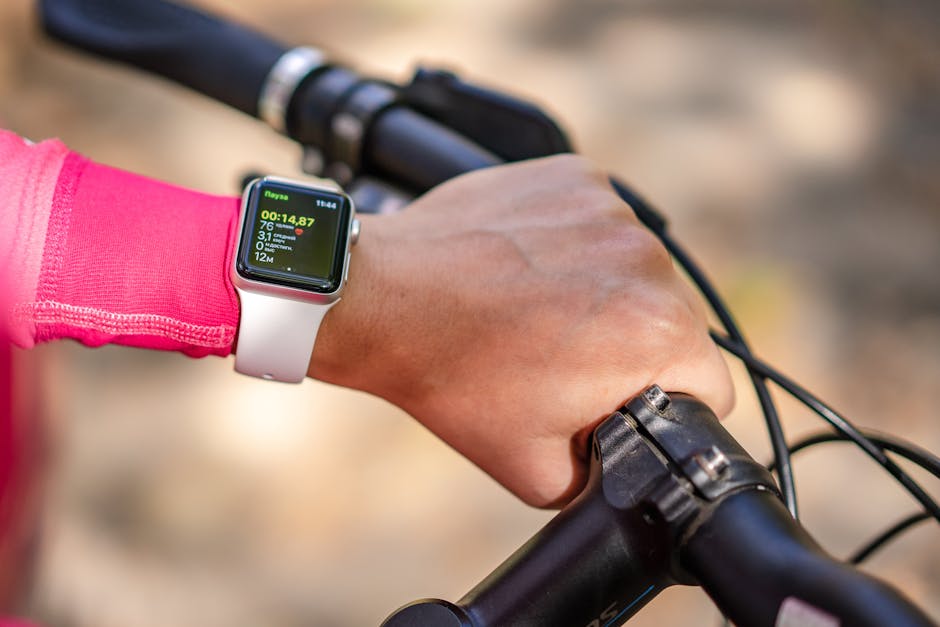
Wearable sleep trackers use various technologies to collect data. Most devices monitor your heart rate, movement, and sometimes even your skin temperature. Here’s how they work:
- Heart Rate Monitoring: Your heart rate slows down when you sleep. Trackers measure this to determine sleep stages.
- Movement Tracking: If you toss and turn, the device records this activity to assess sleep quality.
- Sleep Stages: Devices categorize your sleep into light, deep, and REM stages based on the data collected.
Some advanced devices even use apps to analyze and provide insights on your sleep quality. They can offer personalized recommendations to help you rest better.
What Should You Look for in a Sleep Tracker?
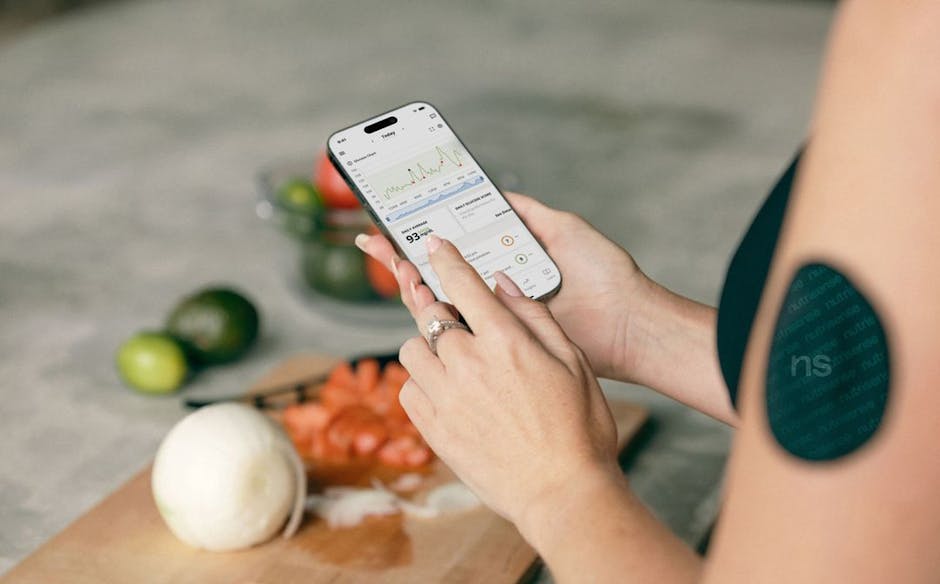
Choosing the right sleep tracker can be overwhelming. Here are a few features to consider:
- Accuracy: Look for devices known for reliable data.
- Battery Life: A tracker that lasts several days is more convenient.
- Comfort: Ensure it feels good to wear while sleeping.
- App Support: A good app can provide valuable insights and trends.
By focusing on these features, you can find a device that suits your needs.
How Can You Use Sleep Data Effectively?
Once you have your sleep data, it’s time to use it! Here are some ways to make the most of your findings:
- Understand Your Patterns: Look for trends. Do you sleep better on weekends?
- Adjust Your Routine: If you notice you sleep poorly after late-night screen time, try cutting back.
- Consult a Professional: If you see consistent patterns of poor sleep, consider talking to a doctor.
Making small adjustments can lead to significant improvements in your sleep quality.
Common Misconceptions About Sleep Tracking
There are several myths surrounding sleep tracking. Lets clear a few up:
- Sleep trackers are 100% accurate. While they provide useful data, they aren’t perfect.
- All wearables are the same. Different devices have varying features and accuracy levels.
- Tracking sleep will fix my problems. Tracking is just one step; making changes is essential.
It’s crucial to approach sleep tracking with realistic expectations. Use the data as a guide, not a definitive answer.
Can Sleep Trackers Help You Sleep Better?
Absolutely! Many people find that tracking their sleep can lead to better habits. Heres how:
- Awareness: Knowing your sleep patterns helps you identify bad habits.
- Motivation: Seeing improvements can encourage you to stick to a routine.
- Personalization: Custom insights can help you develop a bedtime routine that works for you.
For example, if your tracker shows you sleep poorly when you drink caffeine late in the day, you can adjust your coffee habits accordingly.
How to Integrate Sleep Tracking into Your Routine
Integrating sleep tracking into your life can be simple. Here are some steps to get started:
- Choose Your Device: Pick a tracker that fits your lifestyle and comfort.
- Set Goals: Decide what you want to achieve. Do you want to increase sleep duration or improve sleep quality?
- Establish a Routine: Try to go to bed and wake up at the same time every day.
- Review Data Weekly: Check your sleep patterns regularly and adjust your habits as needed.
By making these changes, you’ll be well on your way to better sleep.
Are There Risks to Using Sleep Trackers?
While sleep trackers can be helpful, there are some risks to consider:
- Overanalyzing: Some people can become obsessed with their data, which can lead to anxiety.
- Inaccurate Data: Misinterpretation of sleep patterns can lead to unnecessary worry.
- Dependency: Relying solely on a device to track sleep may prevent you from developing natural habits.
It’s essential to find a balance. Use the data to inform your decisions but don’t let it control your life.
Where Can You Learn More?
For more information on sleep health, the National Sleep Foundation offers valuable resources. They provide helpful tips and research on how to improve sleep quality. You can visit their site here: National Sleep Foundation.
Final Thoughts: Take Control of Your Sleep
Tracking your sleep with wearable devices can provide valuable insights into your nightly rest. By understanding your patterns and making simple adjustments, you can significantly enhance your sleep quality.
Remember, the goal is to feel rested and energized. So, choose a device that works for you, and start your journey toward better sleep today!
Happy sleeping!



